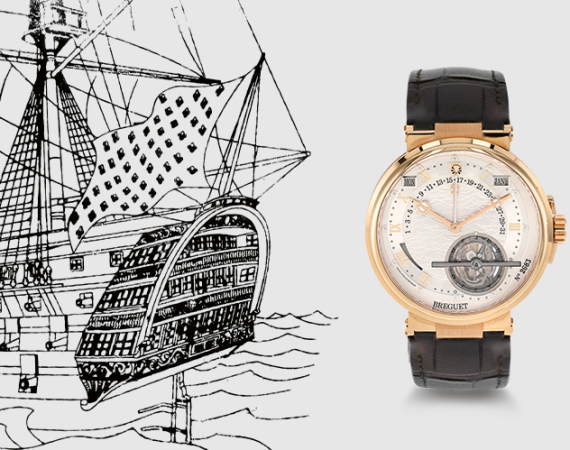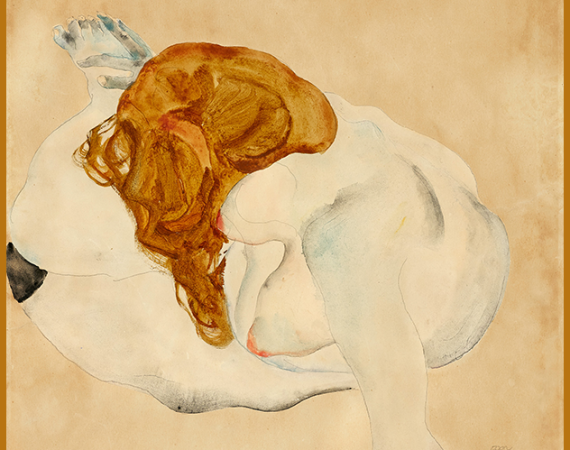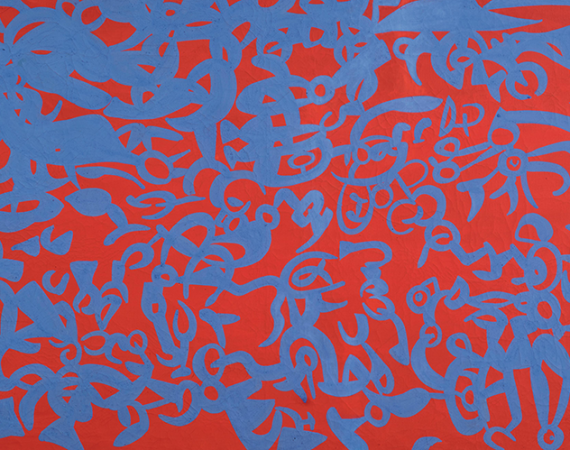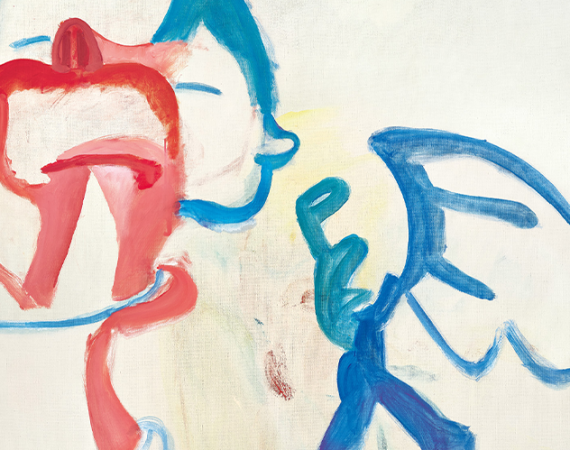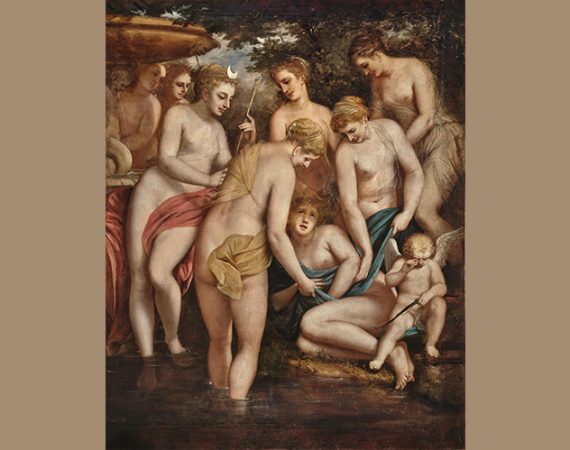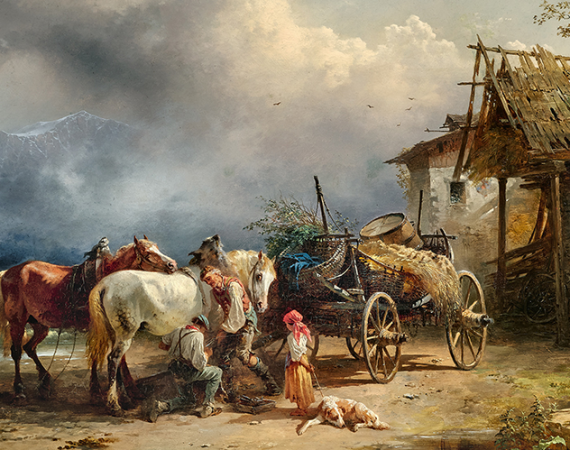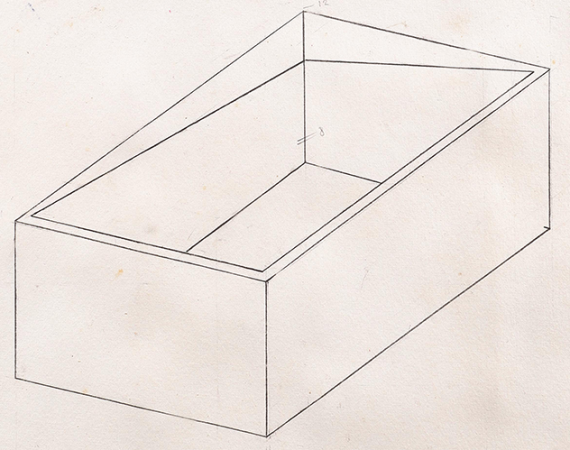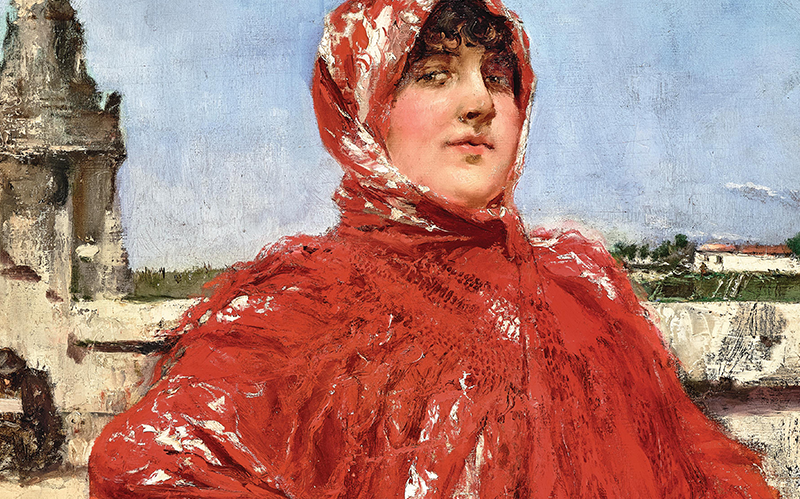
Juan Luna was the first artist from the Philippines to find recognition in Europe. Along-side his brother Antonio, he campaigned for Philippine independence and thus became a symbol of Philippine national pride. As a painter, he was among the leading European artists of the 19th century, as the painting Una Manola shows.
Born in Badoc, Ilocos Norte, Philippines, Juan Luna studied painting at the Academy of Drawing and Painting in Manila. In 1877, he enrolled at the Royal Academy of Fine Arts of San Fernando in Madrid, where he took courses in colour and composition. One of his professors, Alejo Vera (1834–1923), a Spanish history painter, went to Rome in 1878 to undertake several commissions and took Luna as his assistant. Vera introduced him to the community of Spanish artists in Rome. After two years, Vera returned to Madrid, but Luna remained in Rome for another four years to complete his studies. During this period, he copied Greek and Roman sculpture, Classical architecture, and paintings by the Old Masters.
In 1884, Luna moved to Paris, and his style began to diverge from the academic tradition. The dark tones characteristic of the academic palette became lighter, and he increasingly focused on everyday life and street scenes in the city. This post-academic phase continued until his departure from Paris in 1893.
In 1886, around the time this painting was executed, Luna married Paz Pardo de Tavera, and the couple moved into an apartment on the Boulevard Pereire in Paris. A year later, their first child, Andrés, was born. Luna’s studio became a gathering place for the Philipino expatriate community in Paris. Tragically, the marriage ended violently in 1892 when Luna, in a fit of jealousy, killed his wife and mother-in-law and wounded his brother-in-law. He was acquitted by the French court in 1893.
The present painting depicts a so-called Manola, a woman from the working class of Madrid. These women were recognisable by their distinctive clothing, lively manners, and outspoken character. She wears a red Manila shawl (mantón de Manila), a richly embroidered silk accessory that became fashionable in 19th-century Spain and Europe. Despite its name, the shawl was originally produced in China, often in Canton (today Guangzhou), and then exported via Manila, which served as a major hub in the Spanish colonial trade network. The shawl is adorned with white floral motifs and long fringes, blending Chinese silk craftsmanship with stylistic adaptations that made it popular in Spain, Latin America, and the Philippines.
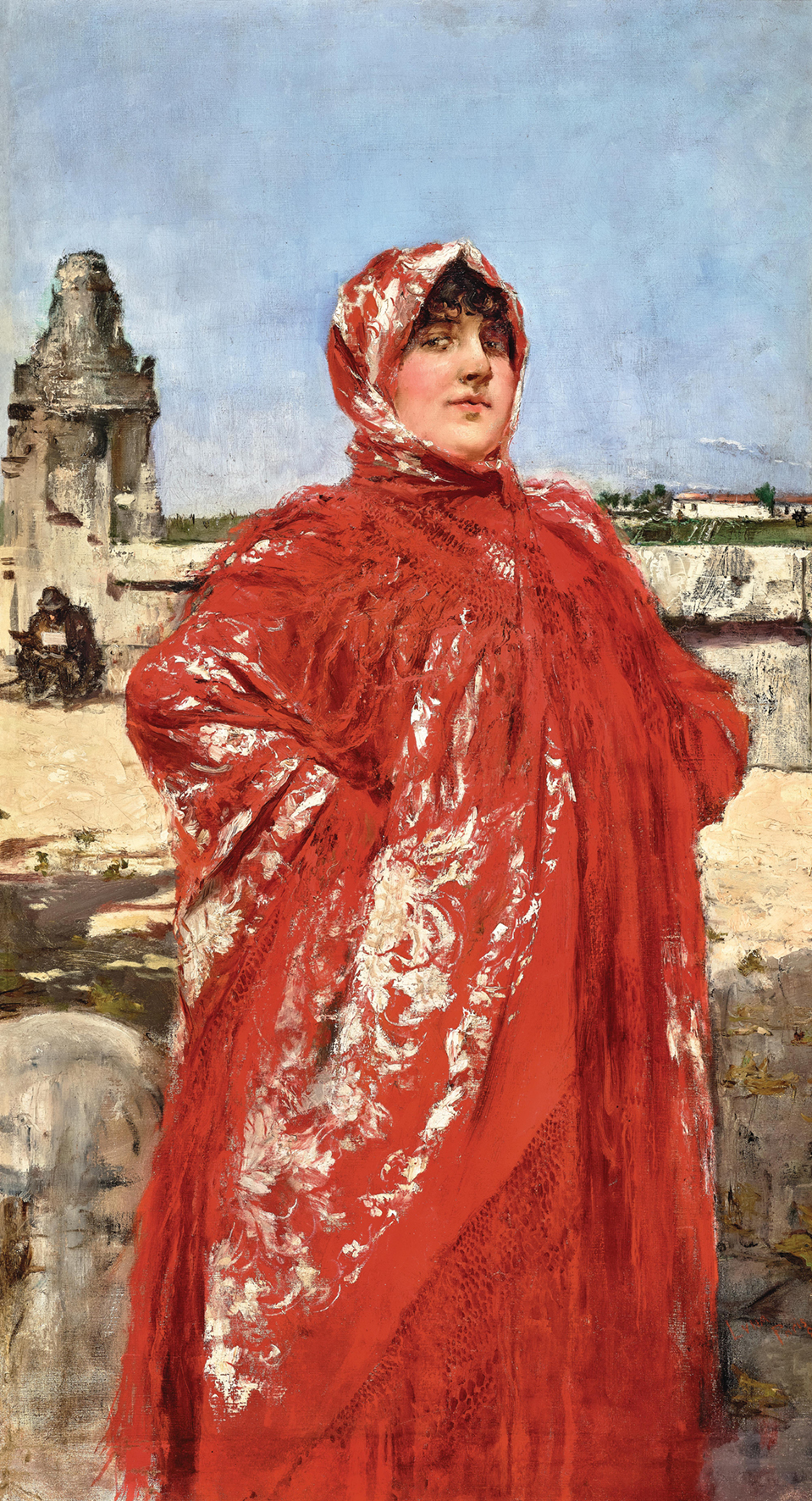
AUCTION
19th Century Paintings
22 October 2025, 18 Uhr
Palais Dorotheum, Dorotheergasse 17, 1010 Wien
19.jahrhundert@dorotheum.at
Tel. +43-1-515 60-355, 765, 501

